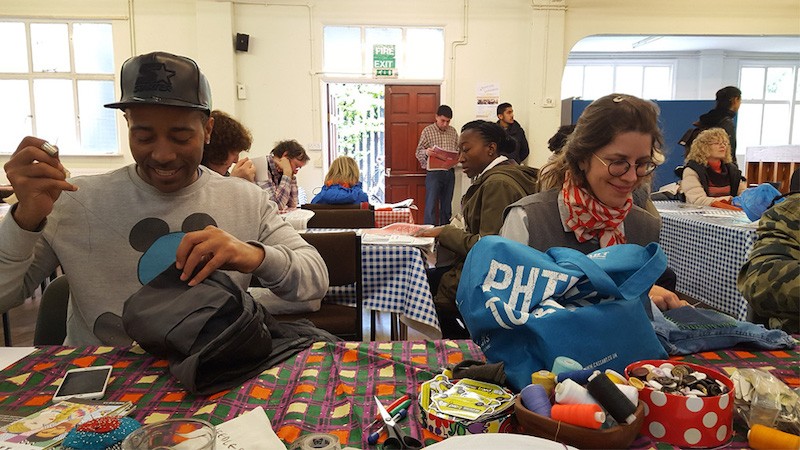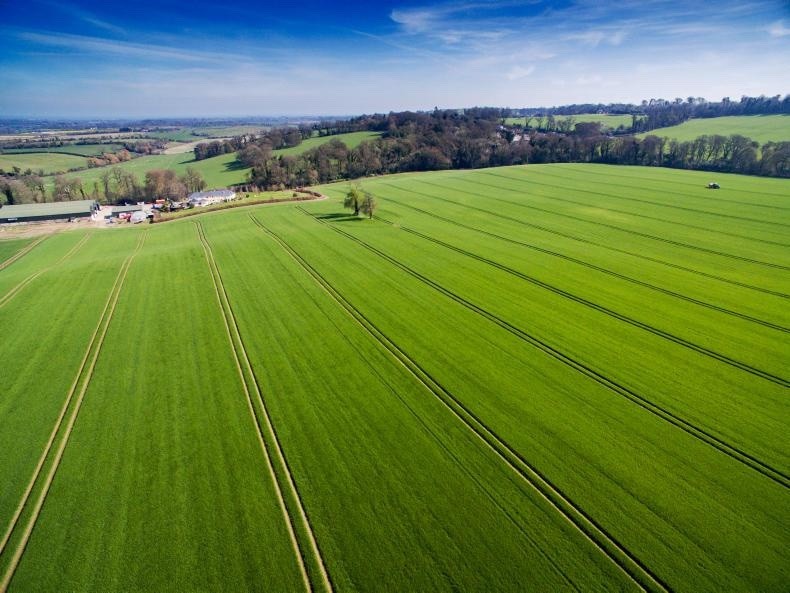Creating Regenerative Cultures
Principles and Conditions for creating cultures that are regenerative.
This section gives an overview of the guiding principles or conditions that support the development of regenerative cultures. Regenerative environments and systems are sometimes easily recognisable, especially when contrasted with their opposite, extractive or destructive systems.
Have a look at these contrasting pictures of different environments, is it possible to identify the values that are driving the very different approaches to the same scenario? Can we see the principles or conditions that are embedded in these regenerative solutions? Follow the links for relevant articles.
Water firms allowed to 'get away with polluting rivers'

The whole is more than the sum of its parts.
The mechanistic and reductionist scientific methodology of recent time, along with the specialisation of human investigation and practice has led to a fantastic increase in knowledge and technological developments and will no doubt continue to do so. However this method of “objectively” separating components of a thing makes assumptions about the working of the thing as a whole. This can be very useful, for instance when fixing a watch but is less effective when applied to complex living systems, a person, a movement, a community or an ecosystem.The problem of reductionism and specialisation is that it misses the interconnectedness and relationship between the different parts of a thing. E.g. In XR an “affinity team” containing different roles to plan and carry out an “action” tends to work more smoothly and effectively than teams coming together who are simply focussed on playing their individual roles. In larger actions integrators meet to bring the aspects of the action together successfully. It is not always possible to work in this way, but then good communication between roles and teams is crucial.
Are we able to “see” the whole picture?
This way of separating things from each other, focussing in on particular goals and fixes has also shaped the human brain. Iain Mcgilchrist (polymath – neuroscientist, psychiatrist, philosopher, literacy scholar) believes this is so. In researching the development of the human brain, he concludes that for reasons of survival the left hemisphere way of doing things, goal oriented, getting, manipulating and controlling has become dominant over the brains’ right hemisphere way of perceiving things, which is to see the whole picture. These two ways of paying attention are vital, we must be able to simplify and analyse situations but if we rely on this way of organising our experience, we miss the wider field of knowledge and context that whole brain thinking can access.
(NB. to be clear this is not the simplistic view of the left brain doing reason and language and the right doing feelings and pictures. Research shows that both hemispheres do everything. It is the way they approach experience that is different.)
When the left hemisphere of the brain focuses to make a wise decision, it uses a narrow beam of attention to one detail after another, to what is familiar, certain, disembodied, categorised and reduced to its parts. It is like a map. On the other side, the right hemisphere does not see the map but the living presence. It pays broad, open, sustained, vigilant attention, it is embodied, relational, it sees the potential and understands that everything is interconnected. Left brain thinking believes it is right and knows everything, whilst the right hemisphere in understanding more, knows it doesn’t know everything.
We need an integrated approach of left and right brain processes to make wise decisions based on the whole picture.
Here is a link to a cartoon where Iain McGilchrist explains this! RSA ANIMATE: The Divided Brain
Daniel Siegel (psychiatrist, mindfulness professor and systems thinker) use the acronym FACES, to describe the characteristics of an integrated brain. Flexible, Adaptive, Coherent, Energised, Stable. This is expressed externally as harmony, kindness and compassion. What is great about this acronym is that it applies equally to larger systems.
We need whole-systems thinking
As individuals and activists we live in a network of relationships. In order to move beyond dualistic either or logic which suggests that, if two perspectives seem to contradict each other, one must be wrong for the other to be right. Whole-systems thinking allows us to co-create multifaceted and integrated responses that take account of different perspectives and are able to be flexibly responsive to change. This kind of integration is relevant both to complex individuals and systems that involve many different beings and facets of connection.
Conditions that support the creation of regenerative culture
Here are some but not all of the conditions that support the development of regenerative cultures.
Curiosity, deep listening, valuing diversity, recognising interbeing-relationship, collaboration, participation, co-creation, compassion, copying from natural systems.
The Love and Fear cycles
From 'Designing Regenerative Cultures' by Daniel Wahl.






